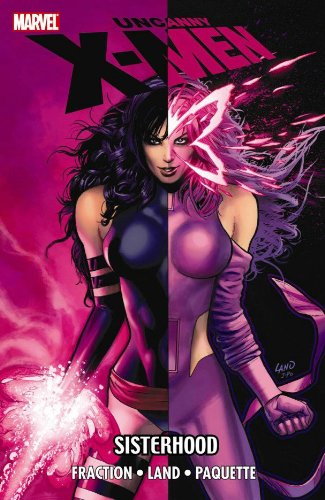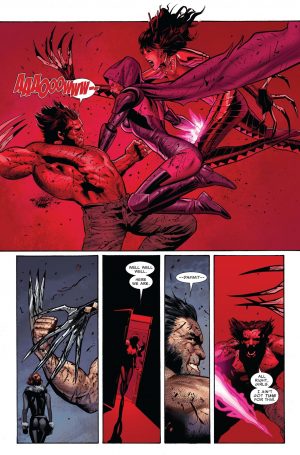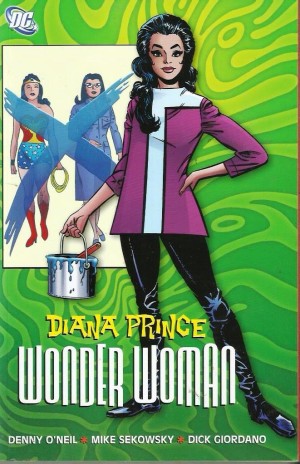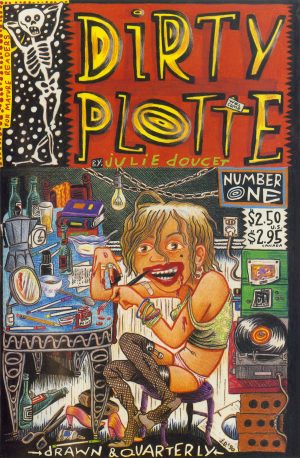Review by Ian Keogh
The Sisterhood of the title is a group of women, largely villains, recruited by Madelyne Pryor, briefly married to Cyclops, and long believed dead. She’s not. Nor is she Madelyne Pryor, but the complexities of that are best left for Fraction to explain. He deserves some credit for messing around there, and with another confused and compromised X-Man as he continues to increase the cast. Well over a dozen X-Men are used during the course of the story, and while not all are centre stage for the entire affair, very few are just shoved into the background.
Sisterhood is drawn by Greg Land, and never can one man have done more to subvert the pro-women agenda usually conjured up by the title. While there’s nothing essentially wrong with art heavily dependent on photographic manipulation, Land costumes women in fetish gear (acknowledging that’s long been the case for Emma Frost), gives them fixed, fake grins or porn star pouts, erect nipples and no dignity. It’s exploitative and sleazy. As seen on the sample page, Land’s art is far weaker when he actually has to draw the figures himself.
Since under the charge of Chris Claremont, the success of X-Men has depended on an efficient blend of soap opera dramatics and superhero action, and Fraction delivers that by reopening some raw old wounds, and throwing in some wild cards. The use of Domino, who instinctively manipulates probability, is well conceived, particularly her presence being confined to graveyards. It’s appreciated that Fraction doesn’t make the mistake of extending the angst beyond the natural limits of his plot.
Throughout the main story Beast has been sidelined working alongside some other scientific geniuses on a project to restore the mutant powers of the many thousands who’ve lost them. In the final chapter that takes precedence via a trip to the steampunk past of 1906. Yanick Paquette delivers a lesson in how to draw dissolute sexuality in a way suitable for a superhero title aimed at young teens and up, and stylish steampunk technology. It’s a strangely affecting story with a neat twist, and enjoyably different.
Bar that good final chapter, all Fraction’s X-Men work to this point can also be found in the bulkier paperback The Complete Collection by Matt Fraction Volume 1, while his writing continues with the sideline of Utopia before Nation X.





